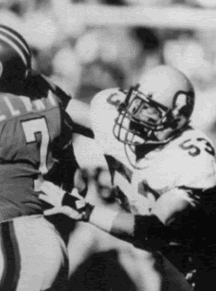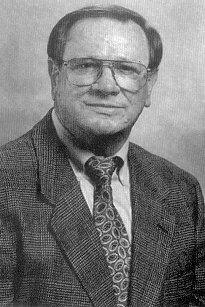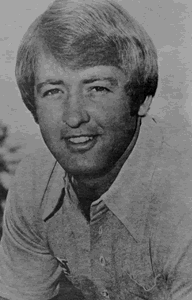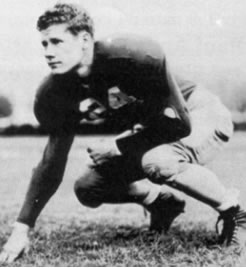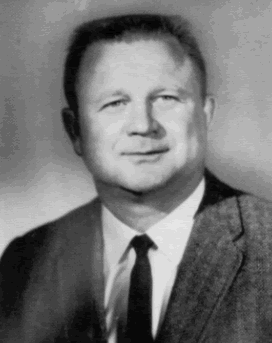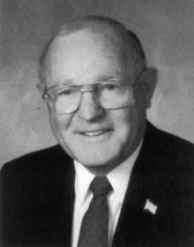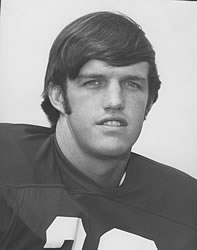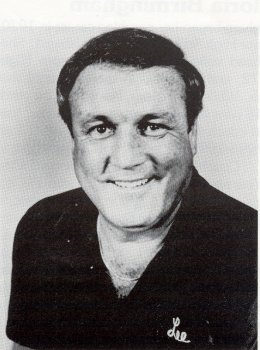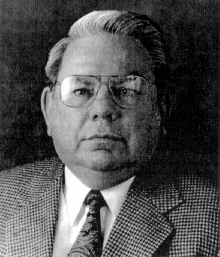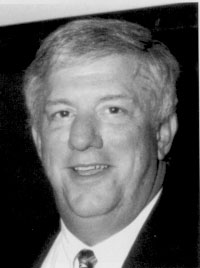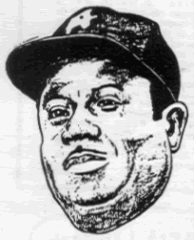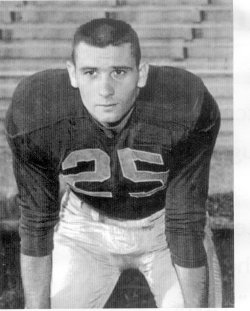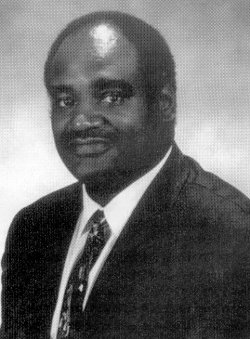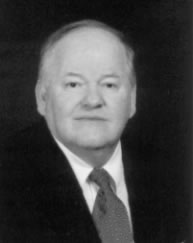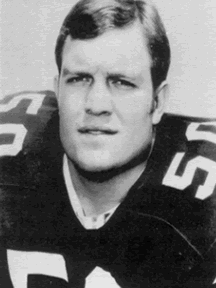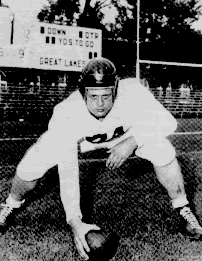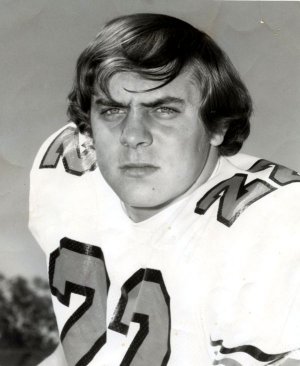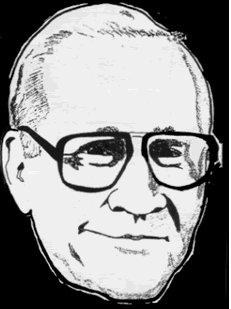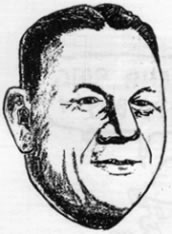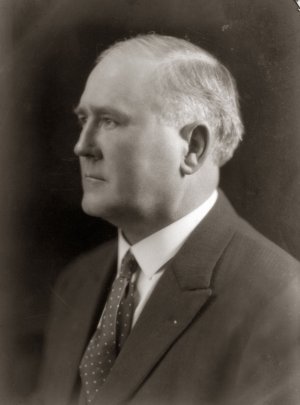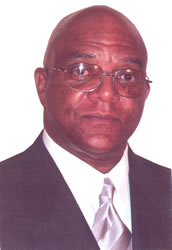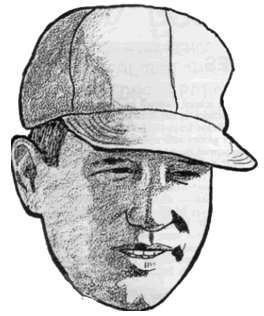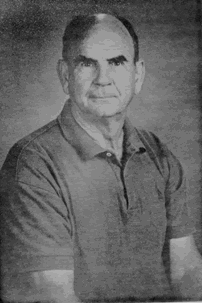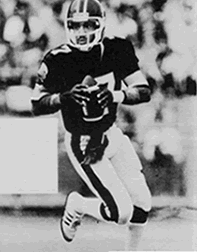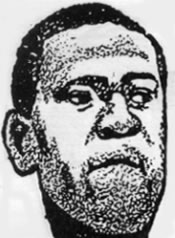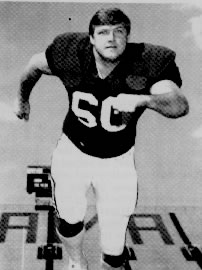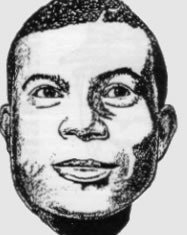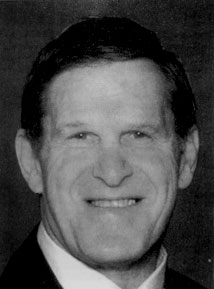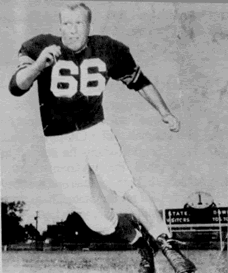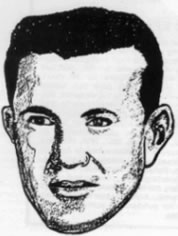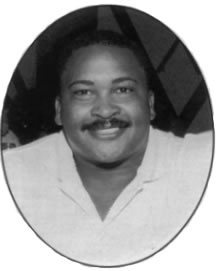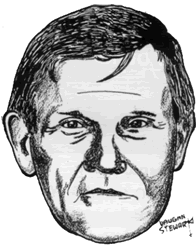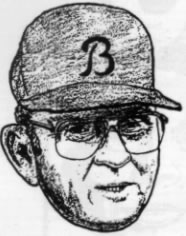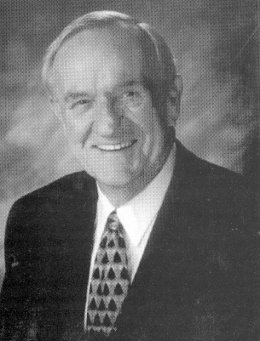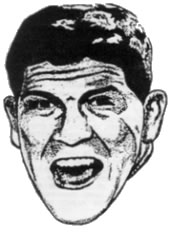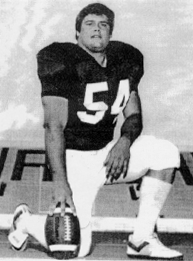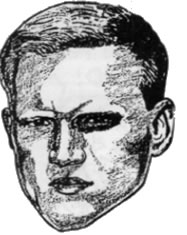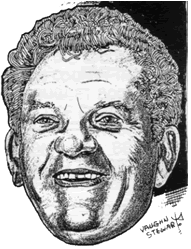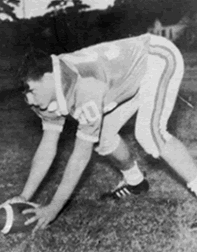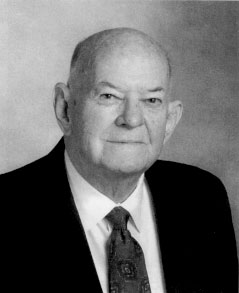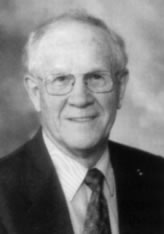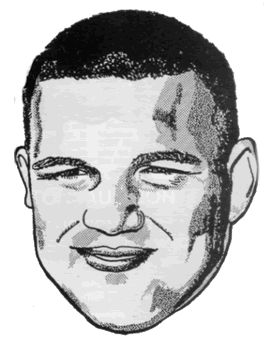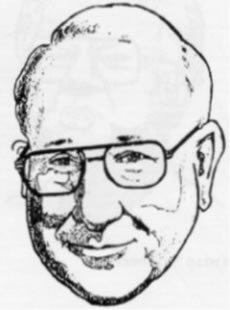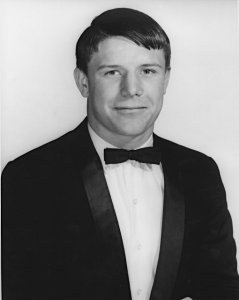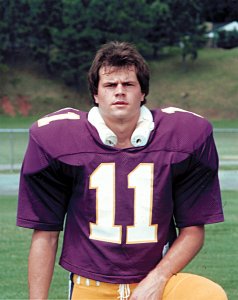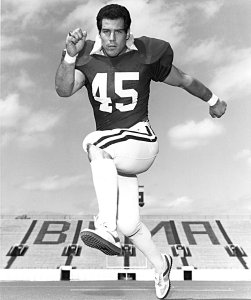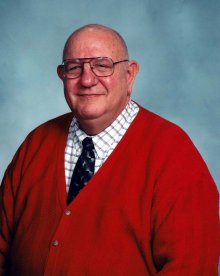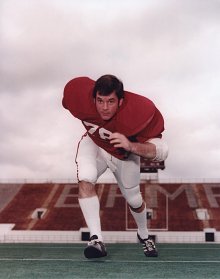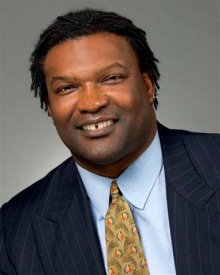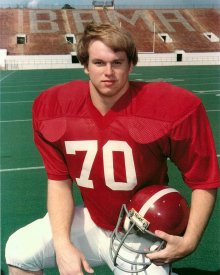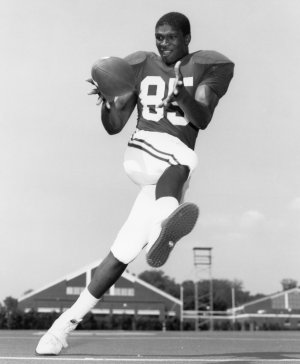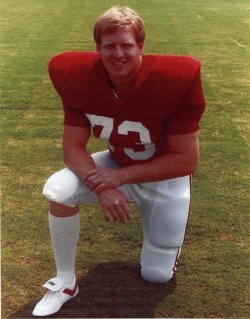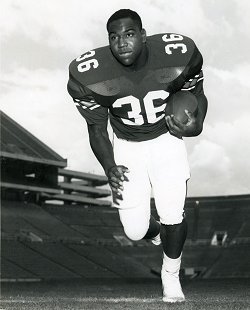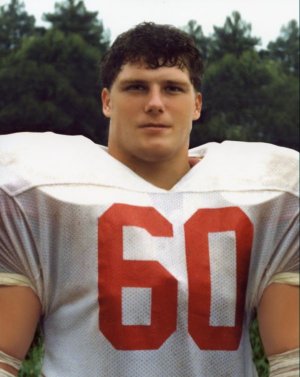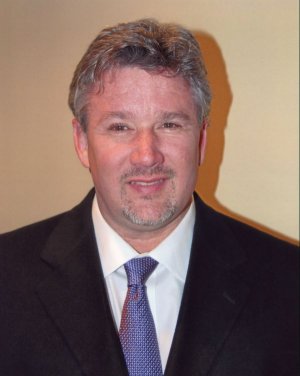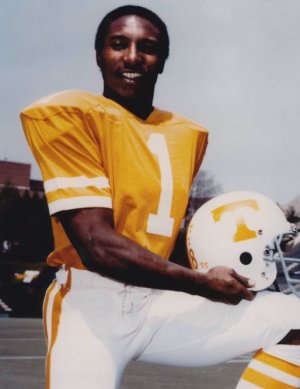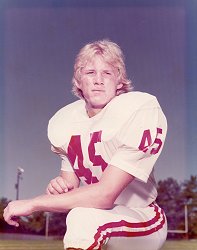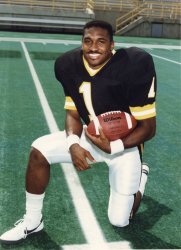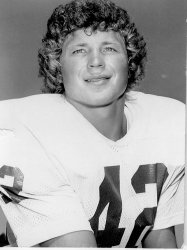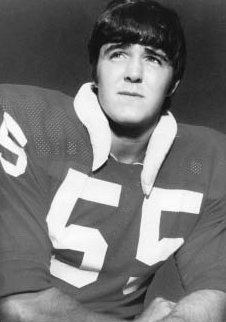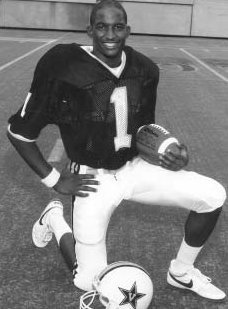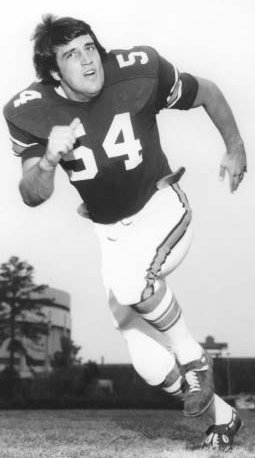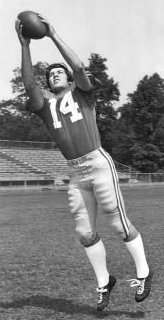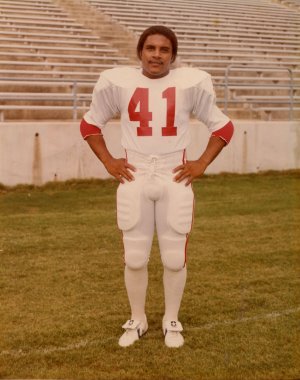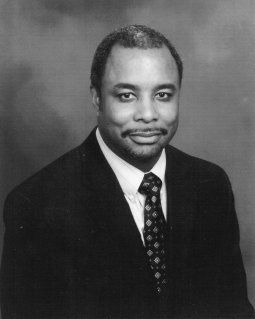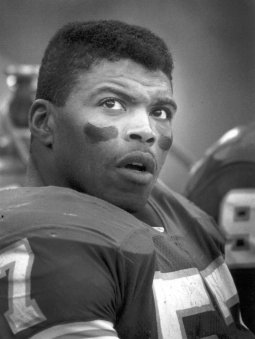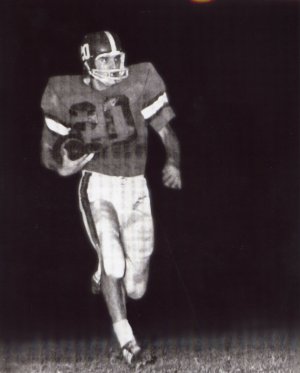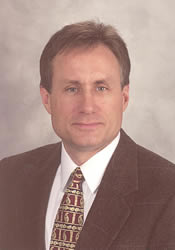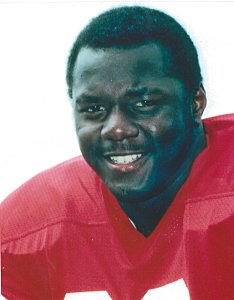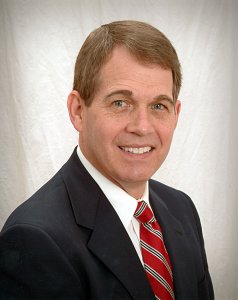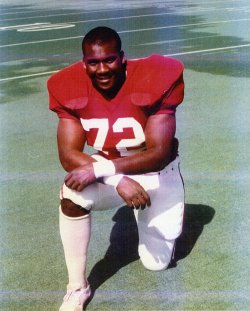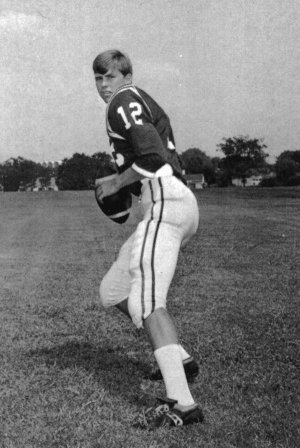

Of all the various dynasties in the annals of high school football in Alabama, none ever compared to Paul Burnums at Tuscaloosa High School in the Roaring 20s. By any yardstick, the record compiled by the Black Bears from 1925-29 is unprecedented. During that five-year stretch, Tuscaloosa played 45 games and won 44. The only blot was a 7-7 tie with Cullman in 25. Burnums teams outscored their opponents 1,926 to 100. The 29 team did not allow a single point until the final game of the regular season, a 20-6 victory over Bessemer. The Black Bears also claimed mythical national championships in 1926, 1927, 1928 and 1929 by winning four postseason intersectional games 42-0 over Senn High of Chicago in 26, 33-7 over Lakeland, Fla., in 27, 19-6 win over McKinley Tech of Washington, D.C., in 28 and 18-12 over University City High of St. Louis in 29. As far as I know, no other team in this state or any other state ever did anything like that, said Buck Hughes, who played on all four of those teams. Hughes, an all-state halfback in 28-29, moved across town to the University of Alabama in 1930. So did Burnum, who became the Crimson Tides freshman coach the same year. A 5-11, 180-pound power runner, Hughes played both offense and defense at Alabama. He was a sophomore starter in the offensive backfield when the Tide traveled to Knoxville to face Tennessee. Playing right guard for the Vols was a stocky lineman named Milton Frank. Neither knew it at the time, of course, but Milton Frank and Buck Hughes shared a common destiny. Both would later coach football at Huntsville High School. One of Hughes biggest collegiate thrills came in 1933 when Alabama played Fordham. They had 60,000 at the Polo Grounds, the biggest crowd Id ever seen, he said. We were used to playing before maybe 20,000. Hughes played 60 minutes that day, alternating from fullback on offense to linebacker on defense. In the first half, he intercepted a pass inside the Bama 5-yard line. Moments later, however, Fordham blocked Dixie Howells punt out of the end zone for a 2-0 lead. It turned out to be the only score of the game. Don Hutson, of all people, dropped two long passes that day, either one of which would have been a touchdown. After his graduation from Alabama, Hughes coached at Howard College for a year, returned to Alabama as an assistant, then went to Russeilville High as head coach in 1936. He joined the Navy shortly after the attack on Pearl Harbor and served four years during World War II, then worked for the Veterans Administration in Tuscaloosa for two years. Hughes came to Huntsville High in 1948 to succeed Joe Dildy, who coached at HHS only a year after Milton Frank went into the jewelry business. Hughes coached the Crimson Panthers for six seasons. His best year was 1949 when Huntsville lost only one game, a 21-13 setback to Shorty Ogles Decatur team. Hughes was a realtor for two years, then went to work at Redstone Arsenal for the Hawk project office. He now lives in retirement. Hughes has two daughters, Betty DeWitt of Linderwold, N.J., and Pat Mace of Collinswood, NJ., and a stepson, Jimmy Hindman of Guntersville.
